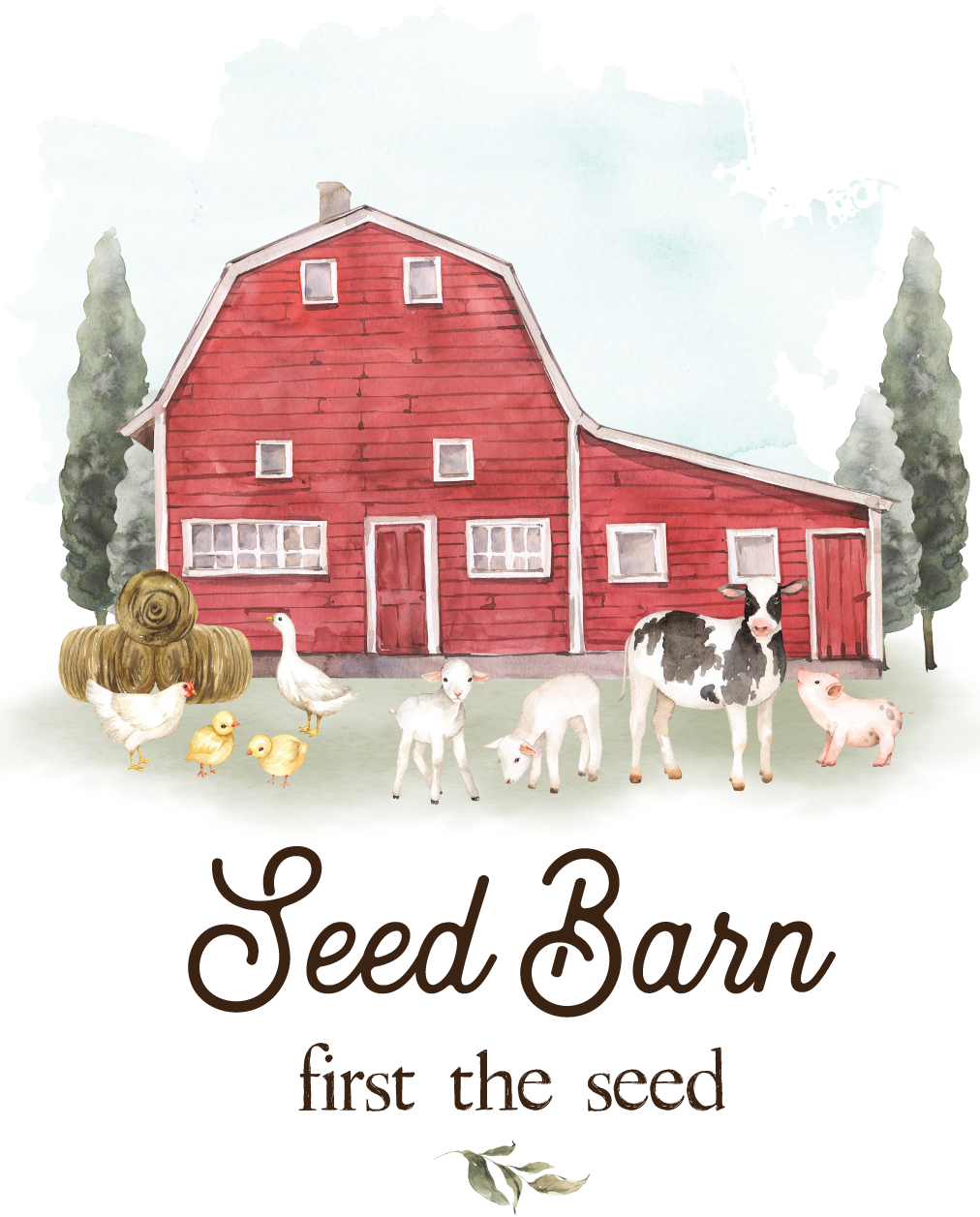Double Eagle® Coated with Advanta Technology - Help seeds retain water for better germination.
Seeding Rate: Plant 1/4 to 1 lb. per 1000 sq. ft.
Centipedegrass (Eremochloa ophiuroides) was introduced into the United States from southeastern Asia in 1916.
- It
is well adapted to the climate and soils of Central and Northern
Florida and is the most common home lawn grass in the Florida Panhandle.
- Centipedegrass is a slow-growing grass with low fertility requirements when compared to other Florida lawn grasses.
- Centipedegrass grows close to the ground, is medium textured, and is naturally lighter in color than other lawn grasses.
- Overfertilizing
with nitrogen to obtain an unnaturally dark green color reduces its
cold tolerance, increases long-term maintenance problems, and is
believed to contribute to centipedegrass decline, a disease complex that
produces patches of dead turf in the spring.
Advantages
- Centipedegrass does very well in acidic (pH 4.5–6.5) and infertile soils.
- It has fair shade tolerance and survives drought conditions by going dormant.
